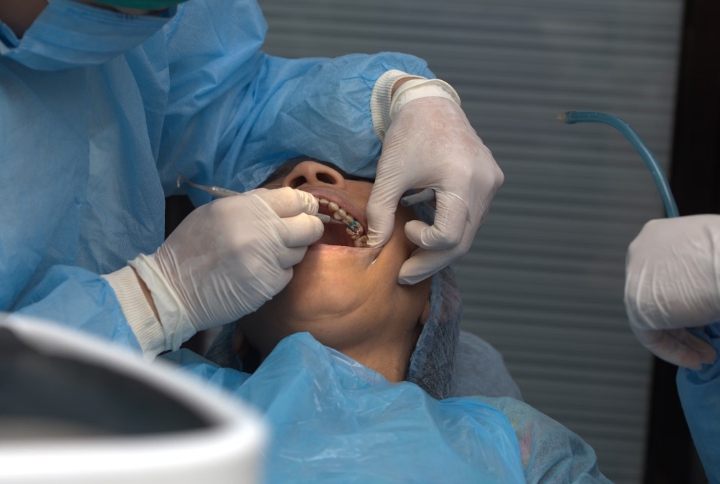Good teeth play a huge role in your child’s feelings of well-being and self-worth. But attaining that smiley, perfectly straight smile takes more than mere regular brushing and visits to the dentist. Orthodontic care is a main component to allow children to maximise their ideal dental alignment and wellness. To many parents, being part of this new generation is scary—so it is critical that they acquaint themselves with orthodontic care basics.
When Should Your Child Go See An Orthodontist?
General advice around the world suggests that a child be taken to an orthodontist for the first time when he or she is 7 years old. At 7 years old, an orthodontist will gather useful information regarding potential issues, including crooked bites, overcrowding, or issues related to jaw growth. Even though treatment may not be immediately necessary, early assessment will identify issues that can be treated ahead of time before they become increasingly difficult and expensive to correct.
First visits also allow dentists such as Smile On Dental Clinic in Burwood to see how a child’s teeth and jaw develop in the long run. If your child is going to be treated, they can prepare their treatment based on what will work for your child’s case, thus making subsequent procedures easier and more efficient.
Orthodontic Treatment Options for Children
There are a variety of options children may have if they need orthodontic treatment. Your orthodontist will explain your child’s individual needs in terms of the best approach.
One of the most common treatments available is the traditional wire and metal brackets, or braces. Braces straighten out overcrowding, gaps, and bad bite. Braces are less painful than they used to be and can also be adjusted, typically with coloured bands so that they will be enjoyable to wear for kids.
Translucent aligners such as Invisalign for teens are also common. They are nearly invisible and may be removed to eat and brush their teeth, so they are favoured by teens who do not enjoy the look of wearing braces. Aligners are not without accountability, however, as they must be worn for most of the day in order to be effective.
Fixed or removable retainers are most commonly employed following braces or aligners to maintain corrected alignment. As a preventative appliance, they can be applied for less severe issues.
Your orthodontist will also utilise other appliances such as expanders or space maintainers to guide teeth and jaw growth in younger children. Each one serves a specific purpose, and your consultation will outline how the treatments serve your child.
Advantages of Early Orthodontics
Early orthodontic treatment has numerous benefits to your child’s health and well-being, as well as self-esteem as an adult in the future. Early treatment will be able to correct such cases as crowding or crooked bites before they become more severe, which can make future treatment easier and save overall expense.
From a health perspective, a well-aligned smile is simpler to brush and floss, minimising the risk of gum disease, cavities, and other oral issues. Even chewing, speaking, and jaw or facial pain can be alleviated by aligning the jaw.
The aesthetic and psychological benefits of orthodontic treatment are also important. A beautiful, confident smile can also mean greater self-esteem, especially at an earlier age when children will sure enough be embarrassed about their looks. Early intervention will not only prevent them from being ridiculed or teased but will turn them into the confident smilers they will be for the remainder of their lives.
Arming Parents with the Right Solutions
It is scary to get your kid into orthodontic treatment, but arming you with guidance offers you the security of making well-informed choices. Remember that preliminary evaluations are the basis upon which potential difficulties can be diagnosed, and specially written treatment plans for each case ensure that whatever orthodontic treatment is indicated is timely and efficient.
Your orthodontist is a partner in your child’s oral health, here to guide you through it all—first appointment or final retainer visit. Your child and your orthodontist can build a healthier tomorrow, one smile at a time.

